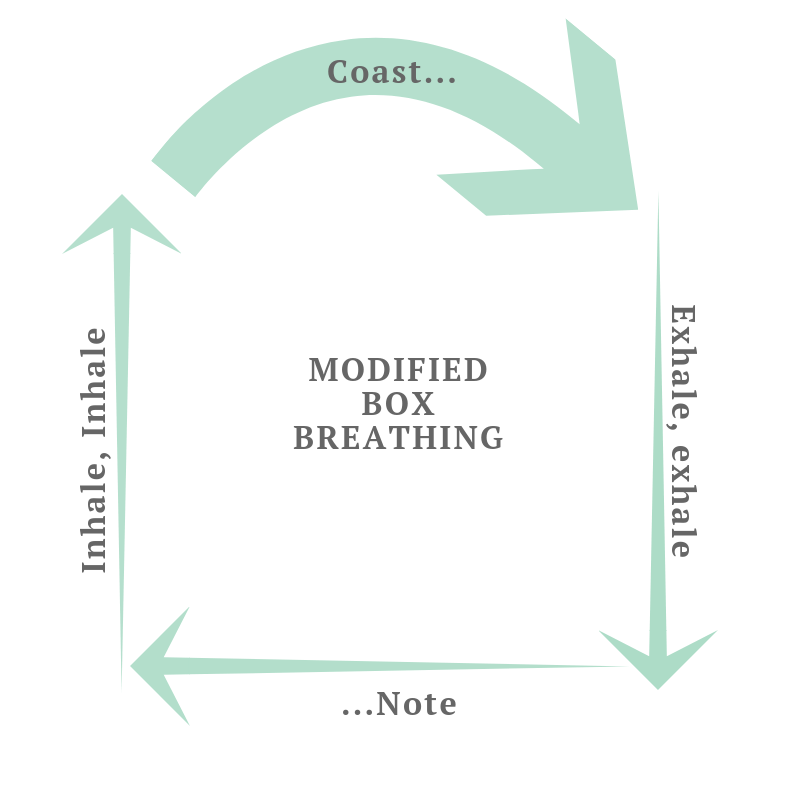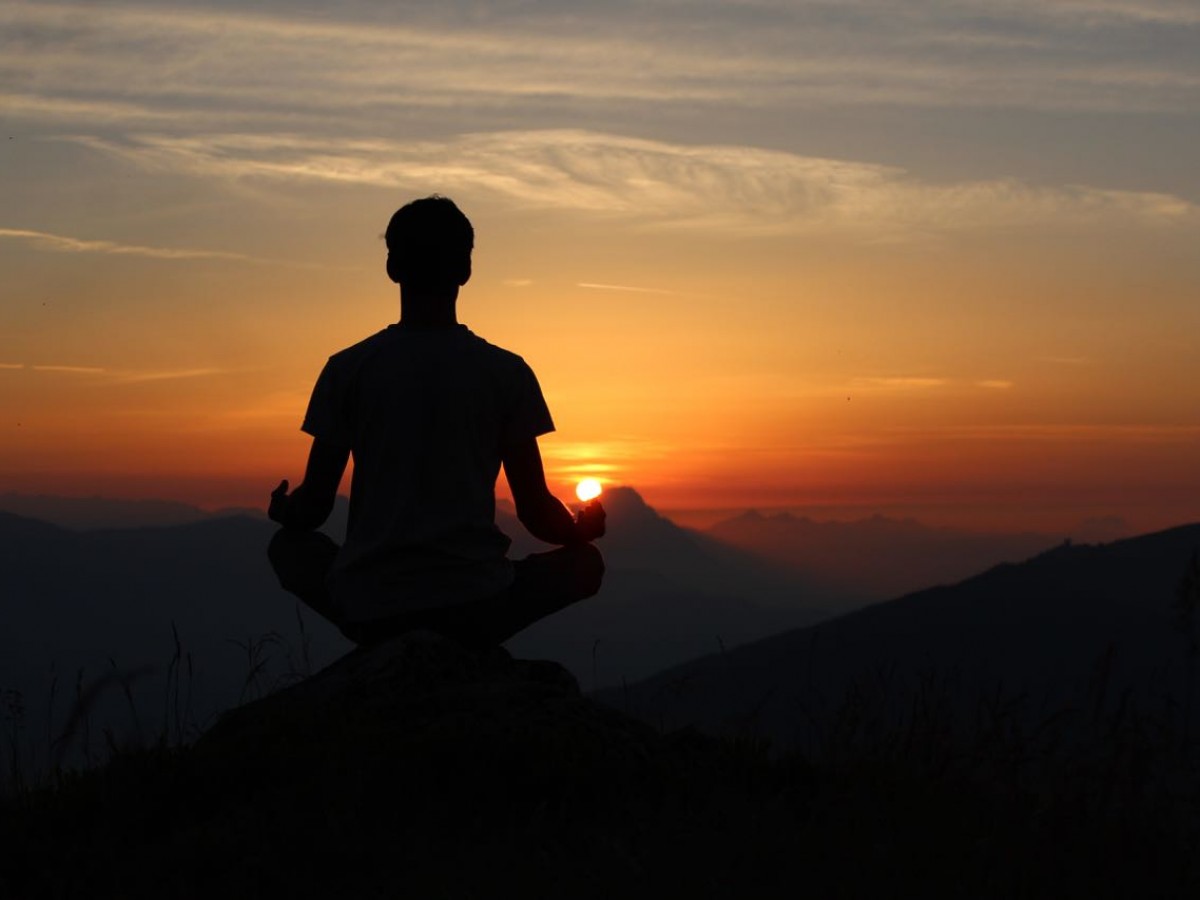How I Meditate and Why...
So I'm a stress-a-holic. Or I was. Until I discovered meditation.
For the last 3 years, I have been meditating almost every day, steadily increasing my tolerance for sitting quietly from barely 5 minutes to 30+ minutes now without feeling like I have ants in my pants or ANTs (Automatic Negative Thoughts) in my brain.
This is a HUGE improvement. But according to neuroscience, it's just the tip of the iceberg of what meditation has to offer.
A recent article in Greater Good Magazine, Can Meditation Lead to Lasting Change? outlines at least 5 other science-based benefits to having a meditation practice:
- Meditation improves our resiliency to stress
- Meditation increases our compassion for others
- Meditation augments our capacity to focus and pay attention
- Meditation helps us to feel lighter and less self-focused
- Meditation leads to some improvements in markers of health (decreased inflammatory response, slower aging, etc.) Sounds awesome, right?
But how do you do it? What do you do while you sit there doing nothing? That's what my Facebook friends wanted to know when I posted this article.
I mean, there are so many different ways to meditate and so many different meditation traditions from Buddhism to Christianity to Secular Mindfulness.
So I'm going to show you exactly how I meditate, because I believe people should write about what they know, not what they don't know.
Let's get tactical and practical. Below is my current meditation practice, step by step. Keep in mind that I first used a guided meditation app, Headspace, for about a year before developing my own routine. And that even now, I still use another app for soundscapes and timekeeping. There's no shame in apps.
Nuts and Bolts
Step 1: I roll out of bed and make coffee for two (my wife loves this part).
Step 2: I turn on the gas fireplace and sit down in front of it on a yoga block. The block raises my hips enough to make sitting cross-legged comfortable. I drink exactly one-half cup of coffee and save the rest for later; this is the right amount of caffeine for me to be alert without agitation.
Step 3: With my phone on airplane mode, I open my Calm app and choose my favorite soundscape: "Suspended Droplets". Then I select an open-ended meditation sequence that sounds a bell every 5 minutes. No coaching. Just a bell.
Step 4: Just breathe. Here is where the magic begins.
I use a modified box breathing technique that I find more comfortable than the real thing.
In traditional box breathing, the 4 phases of the breath cycle are all the same length, like the four sides of box. You inhale for a count of 4, hold for a count of 4, exhale for a count of 4, and hold for a count of 4.
But I don't like this approach because it's too angular and requires a glottal stop at the top of the breath while I hold...hold...and hold. I feel like I'm going to explode, which is not a very zen thing to do.
So I've modified the protocol such that I drift through the top phase of the breath with a continuous minimal inhale as if I'm coasting up and over the top of a giant roller coaster before plunging downward. This gives me a sensation of floating before I exhale, which is much nicer.

At the bottom of the cycle, I pause and note various other sensations in my body, like tingling in my hands, warming across my back, aching in my neck, or pulsing in my chest. (This helps prepare me for vipassana, which I will describe in a moment.)
The point is to enjoy each phase of the breath, to inhabit it.
Breathing on purpose like this takes just enough concentration to get you out of your head and into your body, out of mentation and into sensation--the sensation of just being and being alive. A sensation you've taken for granted now becomes a sensation that is granted. Gifted.
But there's more going on here than mere sensation.
Because the brain loves regularity without monotony, which is what this tidal breathing provides. From here it is much easier for the brain to drop into alpha brainwave states (and possibly even gamma wave states) that are associated with creativity, connectedness, and flow.
In fact, flow researchers Steven Kotler and Jamie Wheal have defined the experience of flow as one of Selflessness, Timelessness, Effortlessness, and Richness, or STER for short.
I like this definition.
I box breathe for 5 minutes. Then I allow the breath to find its natural rhythm again while I settle into pure vipassana--pure noticing--for another 10-15 minutes.

Vipassana is about observing bodily sensations without judgement. Any and all sensations that arise in the body are fair game: tingling, aching, pulsing, breathing, rising, falling, swaying, hearing. Each one arises and falls away. All you do is notice it, label it, and let it go. No need to explain it or control it.
If you find yourself thinking about something during vipassana, you simply notice that too and say "thinking", and move on.
The real value of this practice is to become completely connected to your body, completely comfortable with the sea of sensations below the neck. Because down there in our fleshy nether world, unpleasant bodily processes are constantly gurgling and percolating upward into the brain where they can become confused and fused with emotions like fear, anger, and disgust. Vipassana is the practice of creating space between your sensations and emotions. So the next time you feel your heart racing, it will just be your heart racing, not a sure sign that the apocalypse is nigh. Becoming serene in a busy body is the first step to becoming serene in a busy world.
Finish With Compassion: Metta Meditation
I was first introduced to Metta Meditation by Dani Shapiro in her wonderful book, Devotion. The simplicity and ease of these phrases as rendered by Dani captured my imagination. They have since found a permanent place in my lexicon of love.
Metta starts with compassion for oneself and then steadily works outward to include loved ones, then friends, then enemies, then all people, and finally, all creatures.
May I feel protected and safe.
May I feel contented and pleased.
May my physical body support me with strength.
May my paths unfold smoothly, with ease.
...
May (name of loved one)…
...
May (name of friend)…
...
May (name of enemy, or whichever political figure annoys you most today)…
...
May all creatures…
I don't know if these types of prayers change the people being prayed for, but they certainly change the one who is praying. Which is why the long-held Christian belief in praying for one's enemies probably makes sense. It is a matter of being true to your best self. A matter of personal freedom and transcendence.
Who doesn't want more of that?
Go Take on The Day
And that's it.
The entire meditation process takes me 20 - 30 minutes. I stop when I feel done.
If this seems like too much too soon, I totally get it. You can do what I did and download an app. My favorite meditation app right now is 10% Happier. Check it out. But don't spend too much time deciding what to do. The important thing is to start.
Now it's your turn.
